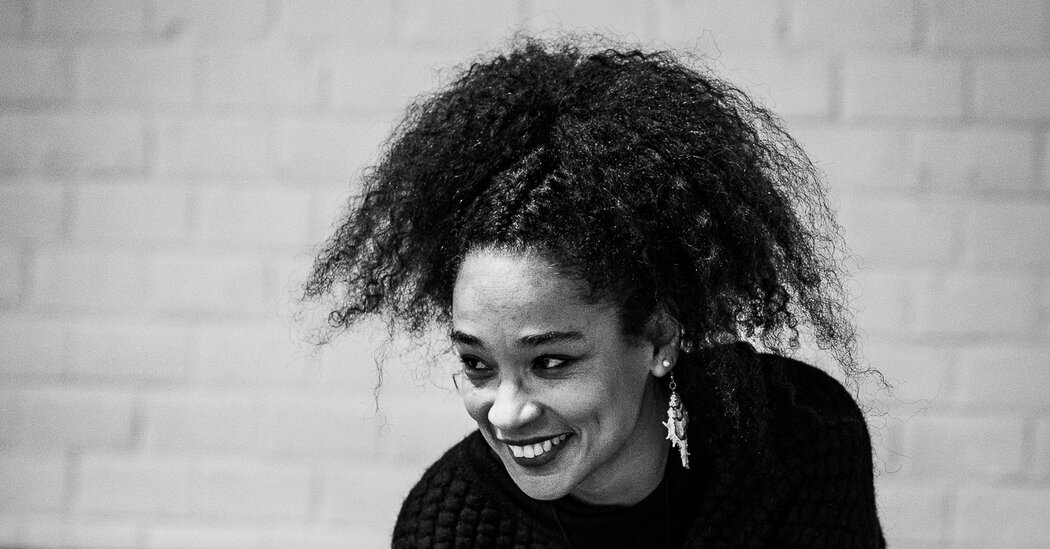
For all of its 52-year history, the Trisha Brown Dance Company has exclusively presented work by its founding artistic director, the choreographer Trisha Brown, who died in 2017. But the company announced on Monday that it has commissioned its first dance by a choreographer other than Brown: Judith Sánchez Ruíz, whose “Let’s Talk About Bleeding” will have its premiere during the company’s 2023 season at the Joyce Theater in Manhattan.
“We’re happy to do Trisha’s work forever,” said Barbara Dufty, the company’s executive director. “But we feel the field is asking for something more, and we want to highlight a new voice, an artist with a connection to Trisha’s legacy.”
Sánchez Ruíz, who was born in Cuba and trained at the National School of Arts in Havana, danced with the Brown company from 2006 to 2009. She formed her own company in 2010. The next year, she moved to Berlin, where she spent three years dancing in Sasha Waltz’s troupe before establishing herself there as an independent, self-produced choreographer.
Carolyn Lucas, the Brown company’s associate artistic director, said she had long followed Sánchez Ruíz’s career with admiration. But it was a series that Sánchez Ruíz created in tribute to Brown after her death — particularly a 2020 solo — that convinced Lucas to commission her. “It was so beautiful,” Lucas said. “It showed such command, such a deep mining of materials. For me, thinking of a choreographer to invite, that was it.”
Lucas described the commission as a big step but an inevitable one. Like many dance companies built on the work of a single, now-dead choreographer, the Brown troupe has a core mission to preserve and perform the repertory left by its founder, but “it’s no mystery that presenters need to have new work,” Lucas said, adding, “I feel really confident about bringing Judith into conversation with Trisha’s legacy.”
Sánchez Ruíz — speaking on a call from Hong Kong, where she is an artist in residence at the Hong Kong Academy for Performing Arts — said she felt intensely grateful to Brown. “When I auditioned for the company, I was 33 and had a baby,” she said. “Getting accepted felt like a miracle. And in terms of what I learned about composition and how to generate material creatively, I always call my Trisha years my Ph.D.
“After I left the company,” she continued, “Trisha came to all my premieres, and that meant the world to me. We had many conversations about being a woman choreographer” — about perseverance and boldness.
Sánchez Ruíz described working with the current Brown dancers, most of whom are new, as communication across generational difference. “I’m teaching them, actually,” she said — about what she learned from Brown, about what she has learned since and about what she pulls from the dancers. Making the first outside commission for the Brown company, she added, is “a great responsibility. I’m very curious about how it will go.”